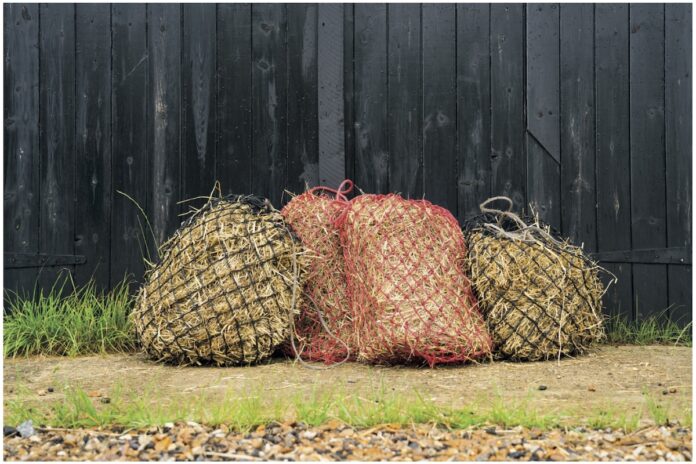Dietary management for horses with Equine Glandular Gastric Disease
Dr Katie Williams M.Sc. (Dist) R Nutr.
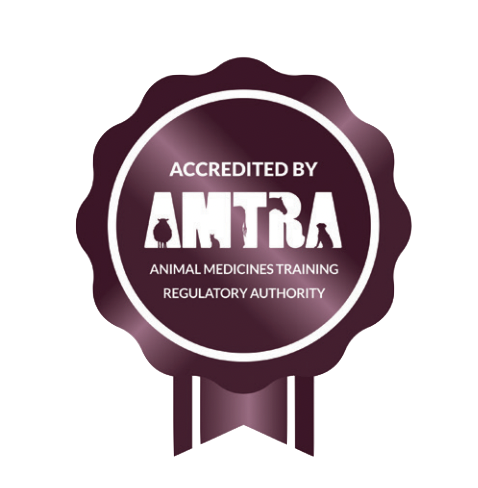
AMTRA is required by the Veterinary Medicines Regulations to ensure its RAMAs/SQPs undertake CPD. All RAMAs/SQPs must earn a certain number of CPD points in a given period of time in order to retain their qualification. RAMAs/ SQPs who read this feature and submit correct answers to the questions below will receive two CPD points. For more about AMTRA and becoming a RAMA/SQP, visit www.amtra.org.uk
Awareness and understanding of Equine Gastric Ulcer Syndrome (EGUS) has increased significantly in recent times but whilst a recognised aetiology exists for Equine Squamous Gastric Disease (ESGD), less is known about Equine Glandular Gastric Disease (EGGD). As the names suggest, ESGD refers to ulcers in the squamous region of the stomach whilst EGGD describes issues in the glandular region of the stomach which researchers now describe as an inflammatory disease rather than an ulcerative disease.
Risk factors for EGGD
An increasing amount of evidence exists to suggest an association between stress and EGGD. Sharbine et al., (2023) recorded prevalence of EGGD in horses in a university teaching hospital in the USA over a period of 3 years. The horses were managed as usual and EGGD occurred at various points over the three years. The authors state that “EGGD might improve, worsen or even resolve over time without medical intervention. The risk factors that can be attributed at the individual level need to be acknowledged – in this environment breed, number of handlers, hierarchy and stress were relevant”. Similarly, in Thoroughbred racehorses, the trainer has been identified as a risk factor independent of other management factors (Sykes et al., 2019).
Exercise is also a recognised risk factor. Physiologically, exercise may divert blood away from the stomach sufficiently to result in damage or weakening of the cells thereby compromising their defences to acid. Exercising more than 4 or 5 days per week was found to be a risk factor for EGGD in racing Thoroughbreds and showjumpers respectively (Sykes et al., 2019) in endurance horses, the prevalence of EGGD doubled during the competition season compared with the inter-season period (Tamazli et al., 2011). These findings have resulted in the recommendation that at least 2 days off a week is recommended to reduce the risk of EGGD.
Clearly exercise is associated with stress especially in competition horses who travel frequently and often for longer periods of time. Young or inexperienced horses might be at greatest risk as EGGD has been inversely correlated with experience in both polo ponies and show jumpers. This may just be a reflection of those with EGGD being negatively selected out of the population as they don’t cope sufficiently well with stress to the point where it compromises their ability to perform. The link between stress and the incidence of EGGD is one reason why the problem is often difficult to resolve and as stress is inherent in the performance horse’s role, it can mean owners and trainers face difficult decisions about a horse’s future if EGGD persists.
What role does diet play?
A recent review of published work relating to EGGD (Banse and Andrews, 2019) found that dietary factors seem to be less important for the control of EGGD when compared to ESGD. The studies did indicate that decreased pasture turnout or increased grain concentrate feeding may be associated with EGGD as they are for ESGD, and so should be avoided where possible.
The role of bacterial dysbiosis in EGGD is starting to be explored. Vosset al., (2022) found higher levels of a bacteria associated with delayed gastric emptying in humans, in racehorses in training diagnosed with EGGD. The horses were fed a racehorse cube which is likely to be relatively high in starch and so would be expected to have an effect on the microbial population. Meal size of cereal based feeds and the impact on gastric emptying rates is an area that also needs further investigation.
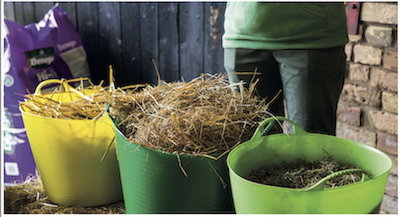
Whilst there is no evidence-based link between diet and EGGD, the advice is still to implement the same feeding management as for ESGD which amounts to reducing starch intake and feeding plenty of fibre. In many cases, high quality fibre sources can be used to provide the horse with sufficient energy for the work they are doing, reducing the need to feed cereals and thereby reducing starch intake. This has been demonstrated in a recent study by Martin et al., (2023) who showed that horses in training fed a third of their total ration as alfalfa with just 7% oats performed comparably with those fed 33% oats (the remainder of the diet was hay). The replacement of oats with alfalfa had no detrimental effects on performance or muscle tone and in fact, altered energy metabolism in such a way as to potentially improve performance and recovery.
Dispelling myths associated with forage for horses with EGGD
Can I feed straw?
Back in 2009, a study looked at the incidence of gastric ulceration in a population of horses and found that those that were fed straw as the sole or predominant fibre source were more likely to have ulcers. The key fact that tends to get lost in communications is that straw was used as the sole or predominant fibre source which is not typically done in the UK. Recognising that straw can be useful as a low- calorie forage source for good doers, a follow up study has been published investigating the safety of feeding 50% wheat straw to replace haylage. The study by Jansson et al., (2021) found no ill effects and specifically looked for gastric ulcers.
Is alfalfa suitable for horses with ulcers?
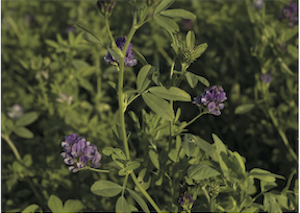
The simple answer is yes. Studies back in the early 2000s (Nadeua et al.,2000; Lybbert et al., 2007) showed that alfalfa was more beneficial for horses with ulcers (ESGD) compared to grass forages, as the high levels of calcium and magnesium it contains act as natural buffers to acidity. More recently, studies carried out by the Lab to Field research group based in Dijon, France have shown the protective effects of alfalfa in horses in training. Their findings demonstrated that clinical success with horses with EGGD was 47.7 times more likely in horses fed alfalfa pellets as part of their ration compared to those on concentrate only rations.
Is alfalfa suitable for horses with ulcers?
The simple answer is yes. Studies back in the early 2000s (Nadeua et al., 2000; Lybbert et al., 2007) showed that alfalfa was more beneficial for horses with ulcers (ESGD) compared to grass forages, as the high levels of calcium and magnesium it contains act as natural buffers to acidity. More recently, studies carried out by the Lab to Field research group based in Dijon, France have shown the protective effects of alfalfa in horses in training. Their findings demonstrated that clinical success with horses with EGGD was 47.7 times more likely in horses fed alfalfa pellets as part of their ration compared to those on concentrate only rations.
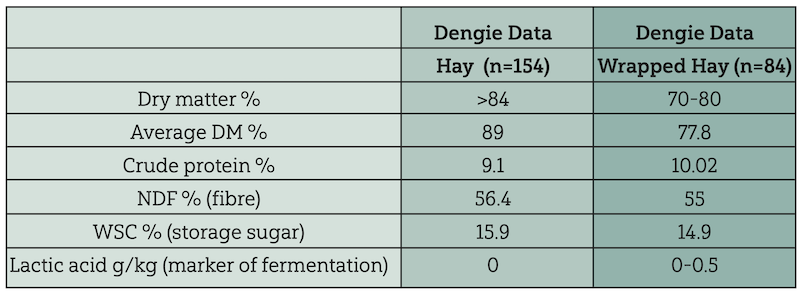
References
- Banse and Andrews (2019) Equine glandular gastric disease: prevalence, impact and management strategies. Veterinary Medicine: Research and Reports
- Jansson et al., (2021) Straw as an Alternative to Grass Forage in Horses—Effects on Post-Prandial Metabolic Profile, Energy Intake, Behaviour and Gastric Ulceration. Animals. 11.
- Julliand et al., (2023) Effect of diet composition on glandular gastric disease in horses. Journal of Veterinary Internal Medicine
- Lybbert et al., (2007), Proceedings of Annual Convention of the AAEP, Orlando, Florida, 2007.
- Martin et al., (2023) Effect of high- starch or high-fibre diets on the energy metabolism and physical performance of horses during an 8-week training period. Front. Physiol. 14:1213032.
- Nadeau et al., (2000) Evaluation of diet as a cause of gastric ulcers in horses. American Journal of Veterinary Research. 61 (7):784-90.
- Sharbine et al., (2023) The prevalence and changes over time of equine glandular gastric disease in a teaching herd population EVE 35 (12)637-648
- Sykes et al., (2019) Management factors and clinical implications of glandular and squamous gastric disease in horses Journal of Veterinary Internal Medicine 33 (1) 233-240
- Tamzali et al., (2011) Prevalence of gastric ulcer syndrome in high-level endurance horses. Equine Vet. Journal
- Voss et al., (2022) A study comparing the healthy and diseased equine glandular gastric microbiota sampled with sheathed transendoscopic cytology brushes. Journal of Equine Veterinary Science.
ABOUT ETN’S RAMA/SQP FEATURES
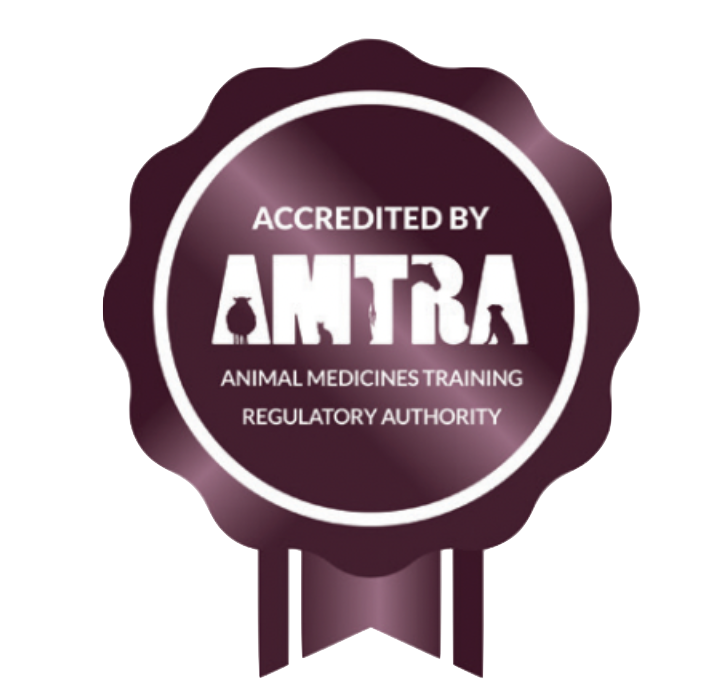
ETN’s series of CPD features helps RAMAs (Registered Animal Medicines Advisors/ SQPs) earn the CPD (continuing professional development) points they need. The features are accredited by AMTRA, and highlight some of the most important subject areas for RAMAs/SQPs specialising in equine and companion animal medicine.
AMTRA is required by the Veterinary Medicines Regulations to ensure its RAMAs/SQPs undertake CPD. All RAMAs/SQPs must earn a certain number of CPD points in a given period of time in order to retain their qualification. RAMAs/ SQPs who read this feature and submit correct answers to the questions below will receive two CPD points. For more about AMTRA and becoming a RAMA/SQP, visit www.amtra.org.uk










